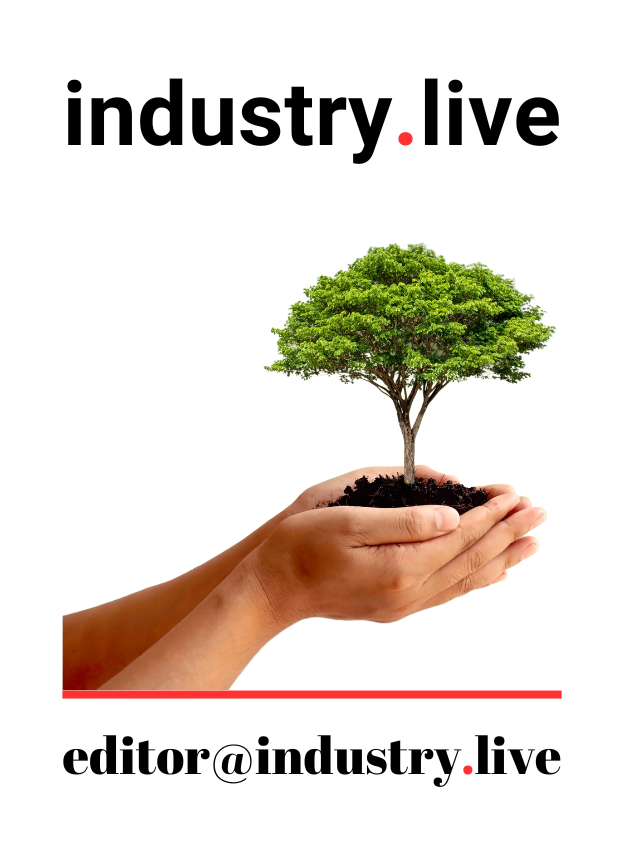Within the strategic conversations shaping the contemporary workspace, three words echo prominently: Diversity, Equity, Inclusion (DEI). Each component is a cornerstone of the effective and modern workspace. Yet, it is diversity, the multi-colored umbrella under which all variances thrive, that often serves as the entry point into this transformative discourse.
At its core, diversity represents the boundless ways we differ from one another. These differences span aspects like race, gender, age, ethnicity, religion, disability, sexual orientation, educational background, and even national origin. But it’s not merely about inherent or demographic differences—acquired diversity, which encompasses the unique experiences and skills we accumulate over time, is also a vital part of the diversity narrative.
In the context of the modern workspace, diversity has shifted from a compliance requirement or ‘good to have’ to an integral component of business strategy. This shift is distinctly noticeable across various industries. Technology giants, for example, like Google and Microsoft, have recognized this paradigm shift. They routinely disclose their diversity statistics and actively work towards specific diversity targets, fostering an environment that encourages the sharing of a broad range of experiences and perspectives, thereby sparking creativity and innovation.
Moreover, a diverse workforce provides an essential lens into an increasingly diverse consumer base. Consider the case of a globally renowned entertainment platform like Netflix. By creating content that caters to a wide range of cultures, languages, and experiences, Netflix directly mirrors the diversity of its audience. It’s a potent example of how diversity within the team can influence the diversity of the output, fueling the organization’s overall success.
However, diversity does not exist without challenges. Potential hurdles include cultural misunderstandings and conflicts that could potentially emerge from the mesh of different backgrounds. This underscores the importance of cultivating an inclusive environment that celebrates these differences rather than letting them be points of contention.
So, what does diversity look like in action? One way organizations actualize diversity is through recruitment practices. For instance, several major corporations now emphasize ‘blind recruitment’, eliminating identifiable information from resumes that could lead to bias, such as names that could reveal an applicant’s ethnicity or gender.
Moreover, firms are investing more into diversity training programs aimed at reducing unconscious bias. There’s a growing emphasis on creating an environment where everyone, despite their backgrounds, feels comfortable expressing their views. This drive for an inclusive culture underscores the connection between diversity and inclusion – diversity is about who’s on the team, and inclusion is about who gets to participate in the game.
Yet, the commitment to diversity shouldn’t stop at hiring practices or team building. It’s about continuous engagement, an ongoing process of learning, unlearning, and relearning. It’s about ensuring that diversity is reflected in decision-making processes, leadership roles, and even in the firm’s product or service offerings.
In conclusion, the diversity element in DEI is about embracing and celebrating our differences – be they inherent or acquired. It requires a shift in mindset, from viewing diversity as a compliance requirement to seeing it as a powerful driver of innovation and market growth. As more organizations continue to understand and integrate this principle, we move closer to a future where every voice is heard, every experience is valued, and every individual can thrive.




